How the Taiwan Strait became the center of the struggle for international markets
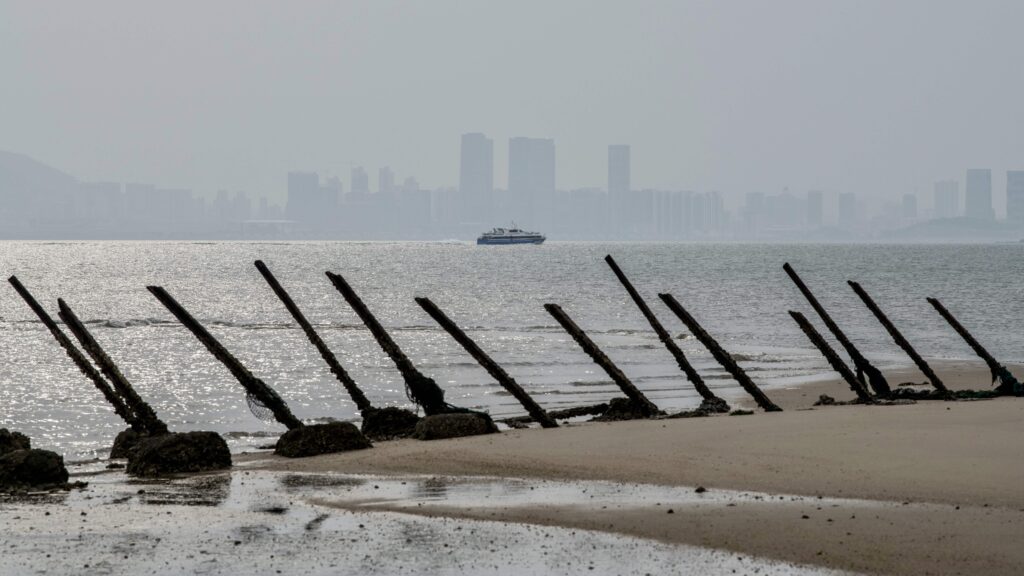
One of the most important shipping arteries in the world has been the center of an intense geopolitical struggle for 75 years. Read about how the Taiwan Strait has become the center of competition for world markets, why its status still cannot be determined, and what the “last Chinese warning” is all about in the USM article.
The Taiwan Strait is a narrow strip of water separating Taiwan and mainland China. Today, about 30% of the world’s maritime trade passes through it, including oil, LNG and high-tech products from Taiwan. In total, more than 50,000 ships pass through the Taiwan Strait every year. It plays a particularly important role for the markets of Southeast Asia, China, Japan and South Korea.
However, the Taiwan Strait is also one of the most tense geopolitical regions in the world. Relations between the PRC and Taiwan have developed in a whirlwind of conflicts and international agreements that have not yet resolved the issue of Taiwan’s status.
Taiwan (also known as the Republic of China) controls most of the strait. Western countries recognize the status of this zone as international waters open to navigation. Instead, the People’s Republic of China (the People’s Republic of China, which eventually became known as China) considers the strait to be its “internal waters.”
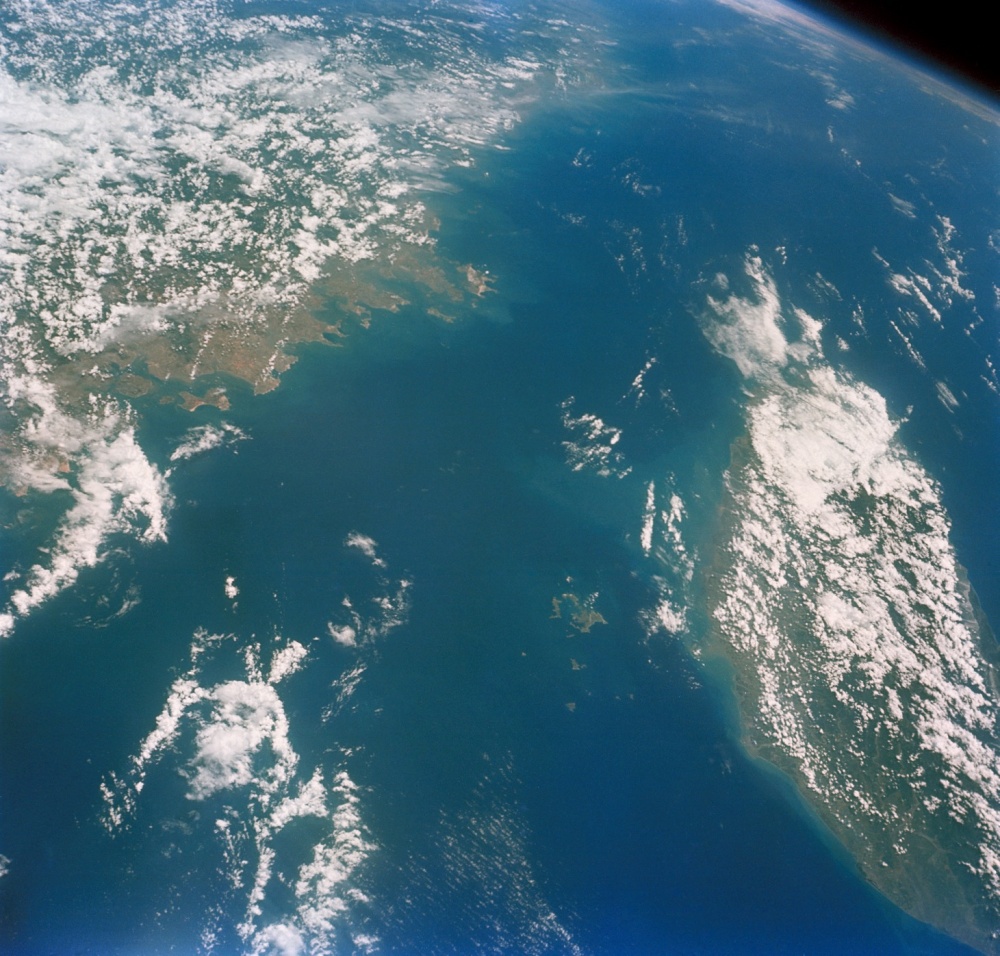
Prerequisites of the conflict
The fact is that from 1927 to 1949 there was a civil war in China. It was a conflict between two major political forces: the Chinese Communist Party (CCP) led by Mao Zedong and the Nationalist Kuomintang Party led by Chiang Kai-shek. The war ended with a Communist victory in 1949, when the government of the Republic of China retreated to Taiwan. Since then, Taiwan has functioned as a separate state with its own system of governance, although the PRC does not recognize independence and continues to consider it “part of its territory.”
After the legitimate government fled to Taiwan, the Communists sought to regain control of all of China, including the islands off the coast of mainland China that remained under the control of the Republic of China—in particular, the Matsu and Kinmen (Jinmen) archipelagos.
The first crisis in the Taiwan Strait
In September 1954, the Communist Army (NVAK) shelled Kinmen Island with artillery. In November, shelling began on the Dachen Islands, about 200 km south of Shanghai. The US, which supported Taiwan at the time, intervened in the conflict. At that time, the States, which were in allied relations with Taiwan, even considered the use of nuclear weapons against the PRC.
Despite the signing of a defense treaty between the US and Taiwan on December 2, 1954, the PLA continued active hostilities and captured the Yijiangshan Islands on January 18, 1955. Then, despite all the promises, the only help that the States could afford was the evacuation of civilians and military from the islands to avoid heavy losses.

The second crisis in the Taiwan Strait
After that, the situation in the Taiwan Strait calmed down somewhat. The situation changed on August 23, 1958, when the PLA launched a massive shelling of Kinmen Island. Taiwanese troops opened fire, and the Air Force of the Republic of China (Taiwan) engaged in a series of battles with PRC aircraft.
During the dogfights, Taiwan claimed to have shot down 25 Chinese MiG-17 fighters, four of which were destroyed by the new AIM-9B air-to-air missiles. By the way, this was the first case of the use of guided missiles in combat conditions, which made the conflict an important milestone in the development of aviation weapons.
China’s last warning
It is obvious that as a result of the so-called Taiwan issue, relations between the PRC and the USA in the 1950s and 1960s worsened. The states carried out reconnaissance flights over China’s territorial waters. China has regularly recorded violations of its air and water space by the US, especially in the area of the Taiwan Strait.
For each such incident, the Chinese government sent a diplomatic “warning” to the American side, but did not take any further measures. These warnings were carefully numbered. Due to frequent airspace violations, the number of such messages reached hundreds. By the end of 1964, the number of official warnings is said to have exceeded 900.
As a result, on the territory of the Soviet Union, which at the time supported the communist government in Beijing, the catchphrase “the last Chinese warning” appeared, which means fruitless threats “in words”, while it is known that no action will be taken in the near future.
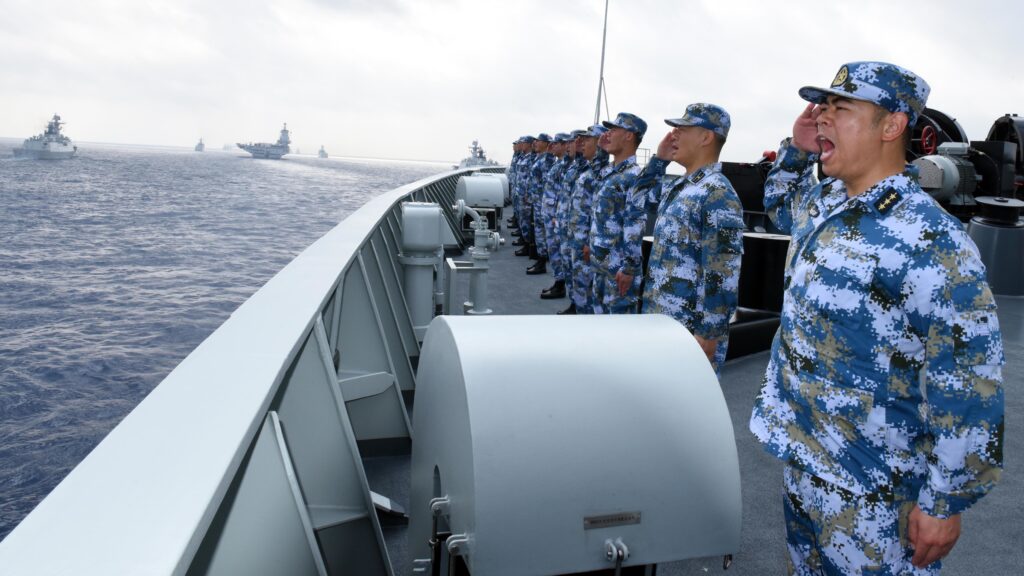
Resolution 2758
However, over time, mainland China increasingly gained political and economic power. In the end, the countries of the world could no longer ignore the emergence of a new superpower in Asia. So in 1971, the UN passed the infamous Resolution 2758.
Thus, on October 25, 1971, by 76 votes to 35 (with 17 abstentions), the Communist government of the People’s Republic of China was recognized as the “sole representative of China”, excluding Taiwan from the organization. This decision changed the balance of power in the region and effectively cemented Taiwan’s diplomatic isolation.
Subsequently, in 1979, the US officially broke diplomatic relations with Taiwan, recognizing the PRC. However, the United States “for the sake of old friendship” adopted a compromise Act on relations with Taiwan, which allowed to maintain unofficial ties and provide Taiwan with defense assistance.
The signing of the “1992 Consensus” between Taiwan and the People’s Republic of China, which cemented the mutual recognition of the existence of “one China”, further complicated the relations between the parties. Each side interpreted this concept differently: for the PRC, it meant the possibility of reunification, and for Taiwan, it meant confirmation of its status as the successor of the Republic of China.
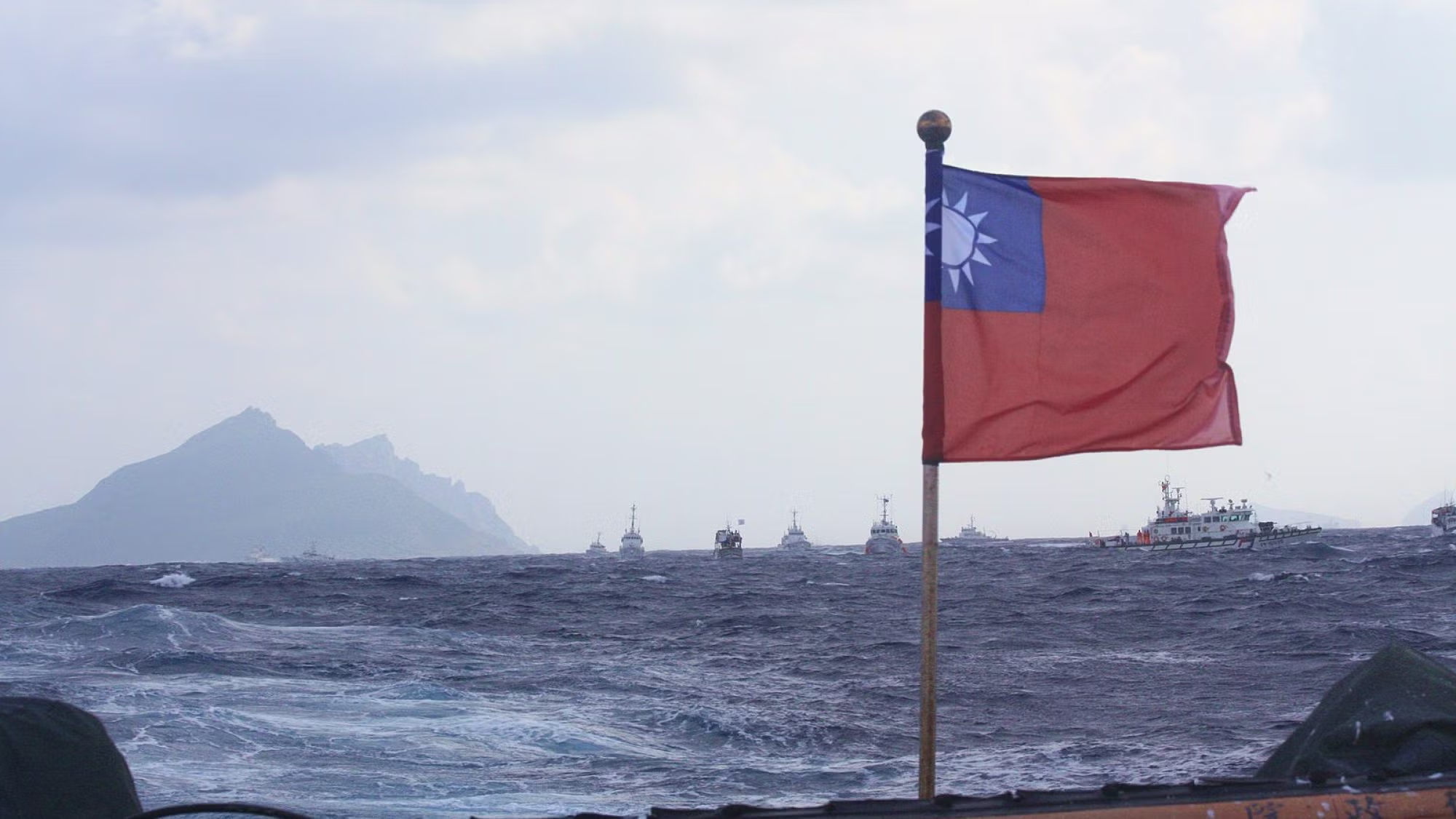
The third crisis in the Taiwan Strait
After the abolition of martial law and the democratization of domestic political life in the late 1980s, Taiwan ceased to claim mainland China. Therefore, the idea of secession into an independent island state was reflected in the popular public discourse. By the mid-1990s, the issue of Taiwan’s independence became one of the most debated issues in the country’s public and political life and one of the program points of the candidates for the first elections in the history of Taiwan. They were just appointed on March 23, 1996.
On the eve of the Taiwanese elections, the armed forces of the People’s Republic of China carried out several series of training missile launches and naval maneuvers in the immediate vicinity of the territories controlled by Taiwan. The main purpose of these military demonstrations was to put pressure on the current leader of Taiwan, Li Denghui, to “freeze the discourse on the independence of the island nation.”
In March 1996, the US decided to send two aircraft carrier strike groups (ACG) to the Taiwan Strait to demonstrate support for Taiwan. AUG No. 7 led by the aircraft carrier USS Nimitz passed through the Taiwan Strait, AUG No. 5 led by the aircraft carrier USS Independence remained in international waters east of Taiwan.
This military action demonstrated the readiness of the US to fulfill its ally obligations to Taiwan under the Taiwan Relations Act of 1979 and protect it from aggressive actions by the PRC. In the end, the Beijing government was forced to take steps to de-escalate the conflict.
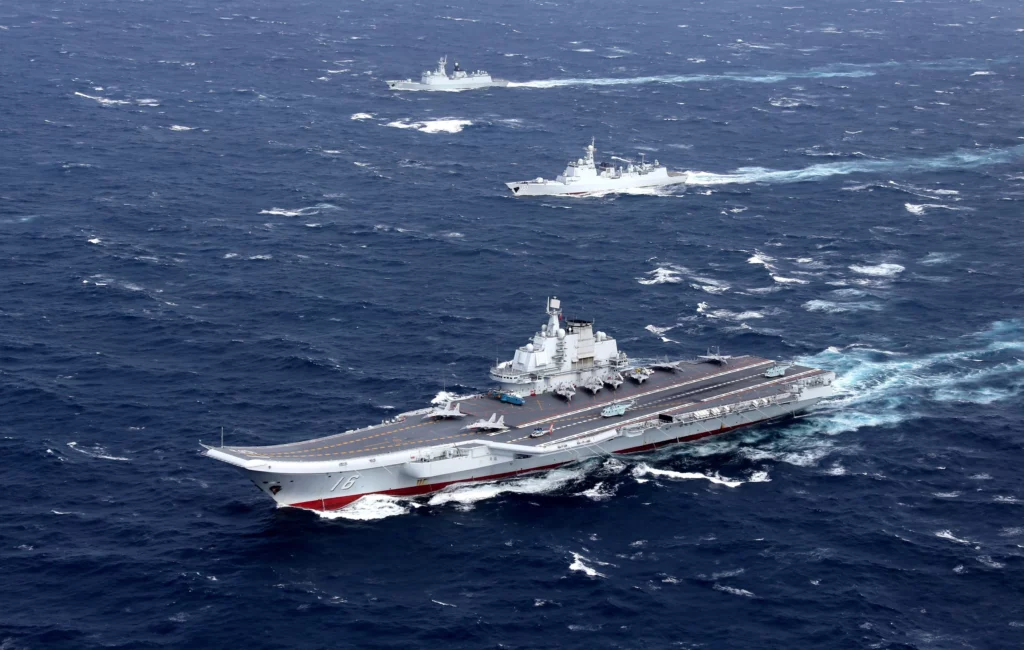
Current Situation
The PRC passed the Anti-Secession Law in 2005, according to which China reserves the right to use force to stop Taiwan’s attempts to declare formal independence. This law immediately became an instrument of pressure on Taiwan and the international community, cementing Beijing’s claims to the island.
Since 2020, the PRC’s military maneuvers in the Taiwan Strait have become more frequent, and incidents of Chinese military aircraft invading Taiwan’s airspace have become regular. Taiwan has responded by strengthening its defenses and increasing international ties, particularly with the United States, which signed a new defense package in 2022 that includes the supply of advanced weapons.
Today, the Taiwan Strait remains a zone of heightened tension. China continues to demand international non-recognition of Taiwan as an independent state, while Taiwan maintains its desire for democratic self-determination. However, world powers, primarily the US, as usual, try to balance between supporting Taiwan and avoiding an open conflict with the PRC.
In November 2023, the leaders of the United States and China met to discuss the issue of Taiwan. Both sides agreed on the importance of diplomacy, but no further settlement of the conflict was achieved.
The day before, USM wrote that the Aircraft Carrier Strike Group of the People’s Republic of China passed off the coast of Taiwan. In total, in the last day, Taiwan’s military detected 9 warplanes and 13 ships of the Chinese Navy patrolling around the island.





